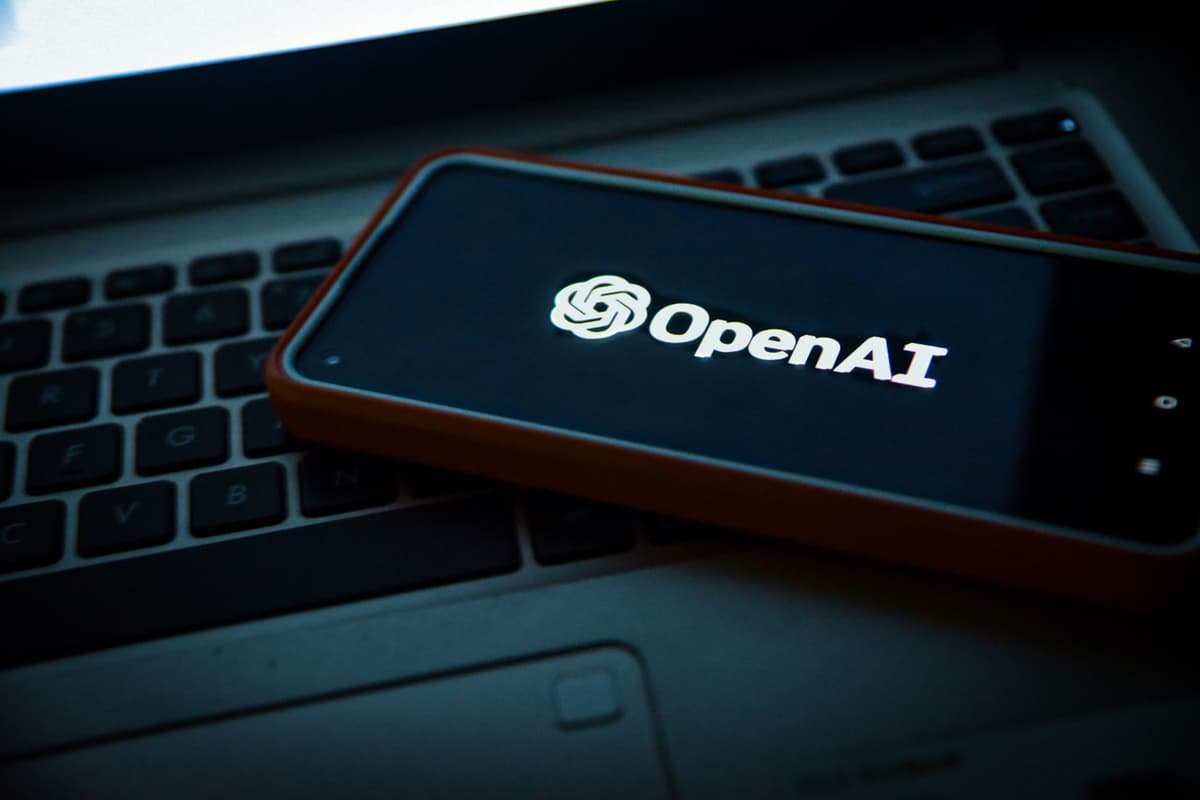Google Leak on link building: everything you need to know

GOOGLE UPDATES
You’ll likely be aware that there was a recent Google leak on Github of Google’s Content API Warehouse documentation. This documentation contains over 2,500 different modules covering a massive 14,000 attributes, and as far as ‘leaks’ go – this is certainly one of the more useful ones… Our SEO Team Lead Ed Coles has gone through and pulled out the parts you can easily apply to your strategy for maximum impact in the long term.
What’s it all about?
There’s been many write-ups and hot-takes already on what’s been said, and what can be learned from these documents, but how can you actually apply them and incorporate the details shared to effectively enrich your SEO?
There is a huge amount of data within the leak, but here we’ve distilled the findings down to some key elements that you can apply to help enhance your digital PR campaigns and approach to link building moving forward.
Whilst it is not a definitive list of ranking factors and their weighting, it has provided a great level of insight on how Google categorise and tag various forms of content and links which is super useful to us as SEO professionals. These documents highlight and reinforce some commonly held beliefs, whilst also directly contradicting past Google messaging altogether. So, what’s new and what’s not? Let’s get started.

ELEMENT 1: Site Authority & Trust
Surprise! Site Authority is real:
After years of denial from Google, we finally have confirmation that Google uses a form of Site Authority as a key ranking factor – siteAuthority. It’s something that the industry has long believed to be a determining factor in assessing the trust and value from backlinks but this is the first time we’ve actually had it confirmed by the powers that be.

SEOs should look to create a broader and more diverse backlink profile from a variety of authoritative sources to build their overall domain and site authority.
Trustworthiness of Homepages:
Nothing new here, but the docs certainly reinforce that the trustworthiness of a site’s homepage can influence the value of links from that site. They reference an attribute called homePageInfo, which indicates that Google may categorise link sources based on their trust level, ranging from not trusted to fully trusted (NOT_HOMEPAGE, NOT_TRUSTED, PARTIALLY_TRUSTED, FULLY_TRUSTED). This suggests that internal pages might inherit the homepage’s trustworthiness, making links from fully trusted sites more valuable.
For SEOs and digital PRs, this highlights the importance of targeting high-trust sites within local markets to maximise link value and enhance local search performance.

Trusted Sources & Spam Detection:
Also revealed in this area is Google’s approach to spam detection which includes evaluating the trustworthiness of sources linking to a page. The catchily titled ‘IndexingDocjoinerAnchorSpamInfo’ module suggests that the probability of link spam is assessed based on the number of trusted sources – and links from trusted sources can help mitigate the impact of spammy links. Additionally, Google appears capable of identifying negative SEO attacks by analysing link velocity and patterns of spammy link acquisition… Genius.
For digital PRs, this emphasises the importance of building links from reputable, trusted sites to not only boost authority but also safeguard against potential spam penalties.


ELEMENT 2: High Quality news
‘News Site’ Links Hold More Value:
Leveraging digital PR to secure links from prominent news publications is highly beneficial and are seen as strong endorsements by Google. Whilst these news sites have always generally had a high Domain Authority, a significant revelation is that Google tags links from high-quality news sites with EncodedNewsAnchorData. This implies that links from reputable news outlets, such as The New York Times or BBC, are likely more valuable than non-news sites. These sites are considered authoritative and historically had high PageRank scores.
For digital PRs, targeting highly regarded, prominent news sites should be a priority to maximise the impact of their link-building efforts.

Seed Links:
It has long been thought that ‘Seed Sites’ (a group of key sites and pages that Google sees as particularly authoritative and trusted) hold value, and that the closer you are to a seed site, the more value you gain. The leaked docs do seem to confirm this and take it a step further by highlighting the PageRank-NearestSeeds attribute. This has now taken over directly from Pagerank which seems to suggest that links from or close to seed sites may have a higher page rank, and as a result carry more value than those further away.
Digital PRs should look to gain links from key seed sites within their niche and vertical to ensure maximum value from the links you’re acquiring.


ELEMENT 3: Freshness
Fresh Content is Key:
The sourceType attribute suggests that links from freshly published content are considered higher quality than older ones. This highlights the importance of an ongoing strategy to ensure you’re continuously earning new links to remain relevant and authoritative in the long-term.
SEOs should focus on securing links from newly published content to capitalise on this freshness factor, ensuring their link-building efforts are consistently aligned with Google’s preferences.


ELEMENT 4: Local & Relevant Links
Locally Relevant Links are More Valuable:
We have also had some light shed on the importance of locally relevant links, and how Google places higher value on links originating from the same country. This is inferred from the attribute localCountryCodes found in the AnchorsAnchorSource module. This suggests that Google prioritises links that are geographically relevant, which will significantly enhance brand awareness and drive sales within that local market.
For businesses and digital PRs, this underscores the need to focus on securing links from locally relevant websites, emphasising the value of local markets.

Refocus on Relevancy:
We all know that relevancy is paramount in link evaluation – and the concept of anchorMismatchDemotion suggests that Google can demote links that don’t match the relevancy criteria between the source and target pages. Additionally, attributes like topicEmbeddingsVersionedData and webrefEntities indicate that Google uses sophisticated methods to understand the semantic relevance of links. This means that for a link to be valuable, it must come from a contextually relevant source.
Digital PRs should prioritise earning links from content that is highly relevant to their target pages, focusing on the quality and contextual fit of the linking source.


Contextual Surroundings:
Further emphasising this, the leaked documents reveal that Google considers the content surrounding a link, not just the anchor text. Attributes such as context2, fullLeftContext, and fullRightContext are used to understand the context in which a link appears. This suggests that the surrounding text contributes to determining the relevancy and potentially the weighting of the link.
For SEOs, this means that links embedded within relevant and contextually rich content are likely to be more valuable, reinforcing the need to focus on high-quality, contextually appropriate placements.


![]()

Ultimately, the leaked documents don’t highlight too much more than what we’ve originally suspected, and it likely won’t mean too much of a change to too many of your current strategies. However, what it has done is provide direct confirmation on a number of key elements:
1. Site Authority is real: to rank for high volume/high competition terms, Digital PR and high quality link building is paramount.
2. Newsiness is key: targeting those top tier TYPE_HIGH_QUALITY news sites will provide the most impact.
3. Freshness = Consistency: a continual and consistent approach, focusing on building links to fresh, new pages will yield the best results.
4. Local Market Delivery: do like we have and scale your Digital PR teams to be able to build editorial coverage in all European markets from a local standpoint.
If you’re interested in finding out more about how the leak may affect your SEO or Digital PR strategy, please get in touch here.

 Search
Search PR
PR AI
AI Social
Social














